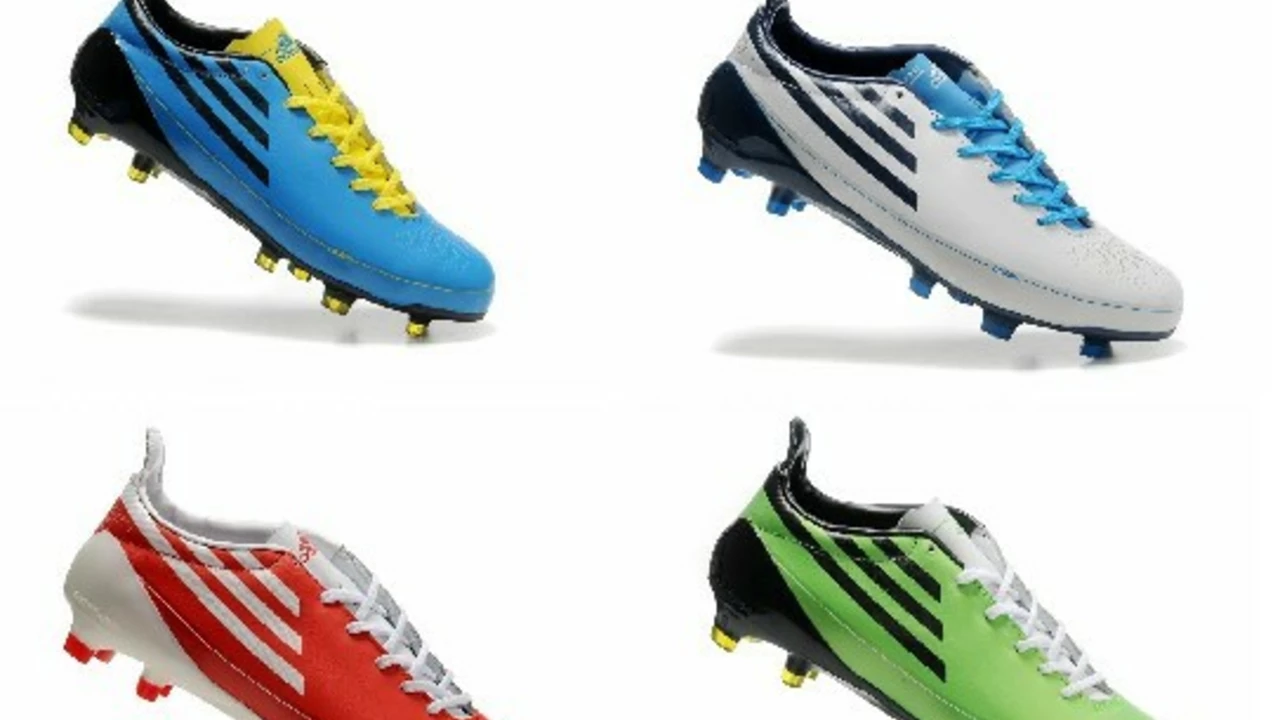Football Boots: How to Choose the Right Pair for Your Game
When you lace up a new pair of football boots, you’re not just putting on shoes – you’re giving your feet a tool that can make or break a match. The right boots feel like an extension of your leg, let you move fast, and keep you balanced on any surface. Below you’ll find the practical stuff you need to sort out before you click ‘add to cart’.
Fit and Comfort: The First Deal Breaker
Never buy boots based on looks alone. Slip a pair on and check that your toes have a little wiggle room – about a thumb’s width. Tight spots will turn into blisters in the second half. Walk around the house or do a quick jog in place; the heel should stay glued to the back of the boot without sliding. If you’re between sizes, go with the larger one and consider using a thin in‑shoe sock for a snugger feel. Remember, a comfortable fit means you stay focused on the ball, not on sore feet.
Studs, Surface & Material: Matching Boots to Pitch
Different pitches need different studs. Firm ground (FG) boots have conical or bladed studs that dig into natural grass without sinking too deep. If you play on artificial turf, look for AG (artificial grass) soles – they’re shorter and spread the pressure evenly, reducing the risk of ankle twists. For soft, muddy fields, opt for soft‑ground (SG) boots with longer, removable studs. Material matters too: leather offers a classic feel and molds to your foot over time, while synthetic uppers are lighter and water‑resistant. Pick the combo that matches the surface you play on most.
Brand loyalty can be useful, but don’t let it blind you. Nike, Adidas, Puma, and New Balance all produce high‑quality models; the key is to test a few and see which shape hugs your foot best. Look for technologies that improve ball control – like textured uppers or grip zones – especially if you like dribbling in tight spaces.
Maintenance is often ignored but it extends the life of your boots. After every game, wipe off mud, let them air‑dry (never toss them in a dryer), and brush the studs to keep them sharp. A quick spray of leather conditioner once a month keeps a leather upper supple. Investing a few minutes in care means you’ll keep the perfect fit and performance for many seasons.
Finally, set a budget. You don’t need the newest model to play well; many mid‑range boots offer the same stud pattern and comfort as premium lines. Check for seasonal sales or clearance sections – you can snag a top‑tier pair for a fraction of the price. With the right fit, surface‑specific studs, and a bit of upkeep, your football boots will become a reliable partner on the pitch.

- Jul 19, 2023
- Blaise Kendall
- 0 Comments
What are soccer shoes commonly called?
In my journey exploring the world of football, I've found that soccer shoes go by several names. Most commonly, they're referred to as "cleats" in the United States. However, in the UK and other parts of the world, they're known as "football boots". Some also call them "studs" or "turf shoes" depending on the type of surface they're designed for. It's fascinating how one item can have so many names, isn't it?